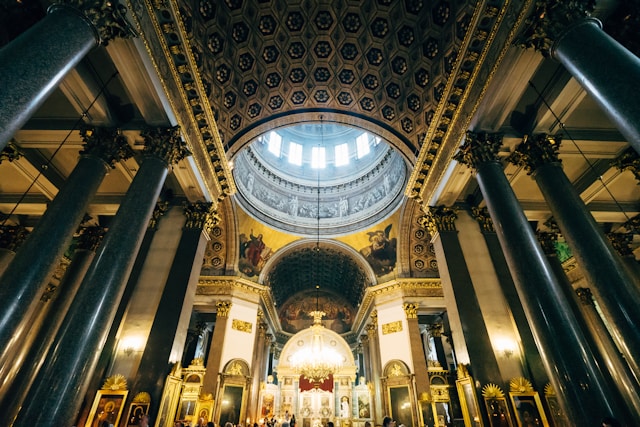Introduction
Mount Olivet, known as Har HaZeitim in Hebrew, holds a profound spiritual and biblical significance. Located east of Jerusalem, this revered mount offers stunning panoramic views and a rich tapestry of history, religion, and culture.
Religious Importance
Jewish Tradition
- Mount Olivet is believed to be the burial place of the prophet Zechariah.
- According to Jewish tradition, the Mount of Olives will be the site of the resurrection of the dead.
Christian Tradition
- The Garden of Gethsemane, where Jesus prayed before his crucifixion, is located at the foot of Mount Olivet.
- The Church of All Nations, built in 1924, commemorates Jesus’ agony.
- The Dominus Flevit chapel stands on the site where Jesus wept over Jerusalem.
Islamic Tradition
- The Dome of the Ascension, located on the summit of Mount Olivet, marks the spot where Prophet Muhammad ascended to heaven.
- The “Ascent Trail” winds its way up the mountain, a popular pilgrimage route.
Historical Significance
Ancient Times
- Mount Olivet was a royal burial ground for the kings of Judah, including Uzziah and Manasseh.
- The Roman general Titus encamped his legions on the mount during the siege of Jerusalem in 70 CE.
Middle Ages
- During the Byzantine period, the Mount of Olives became a Christian pilgrimage site.
- In the 16th century, the Ottoman Turks built a fortress on the summit.
Modern Era
- The Mount of Olives was captured by Israel in the 1967 Six-Day War.
- Today, it is a peaceful sanctuary, home to churches, monasteries, and olive groves.
Panoramic Views
Mount Olivet offers breathtaking panoramic views of Jerusalem and its surroundings. From the summit, you can gaze upon:
- The Old City of Jerusalem, with its ancient walls and the Dome of the Rock.
- The Temple Mount, the holiest site in Judaism.
- The expansive Judean Desert, stretching out to the east.
Hiking Trails
Several hiking trails wind through the slopes of Mount Olivet, offering a serene and spiritual experience:
- Ascent Trail: This 1-mile trail leads from the Garden of Gethsemane to the summit, following the path Jesus is believed to have taken.
- St. George’s Trail: A 1.5-mile trail that passes by the Tomb of Zechariah and the Dominus Flevit chapel.
- Olive Grove Trail: A peaceful trail that meanders through centuries-old olive groves.
Monasteries and Churches
Mount Olivet is home to several monasteries and churches, each with its unique history and architecture:
- Church of All Nations: A stunning basilica built in the early 20th century, featuring mosaics depicting Jesus’ agony.
- Russian Orthodox Church of the Ascension: A majestic onion-domed church built in the 19th century, offering panoramic views.
- Tomb of Lazarus: A small cave believed to be the burial place of Lazarus, raised from the dead by Jesus.
- St. George Monastery: A Greek Orthodox monastery founded in the 5th century, with a beautiful courtyard and ancient frescoes.
- Wear comfortable shoes as some trails are steep.
- Bring water and snacks, as there are limited facilities on the mount.
- Respect the religious significance of the site and dress modestly.
- Allow ample time to explore the churches, monasteries, and views.
Tips for Visiting Mount Olivet
Conclusion
Mount Olivet, a sacred mountain with a rich historical and religious tapestry, offers a profound exploration of faith, history, and beauty. Whether you are a pilgrim, a hiker, or simply seeking a peaceful retreat, the Mount of Olives will leave an unforgettable mark on your spirit.


Leave a Reply